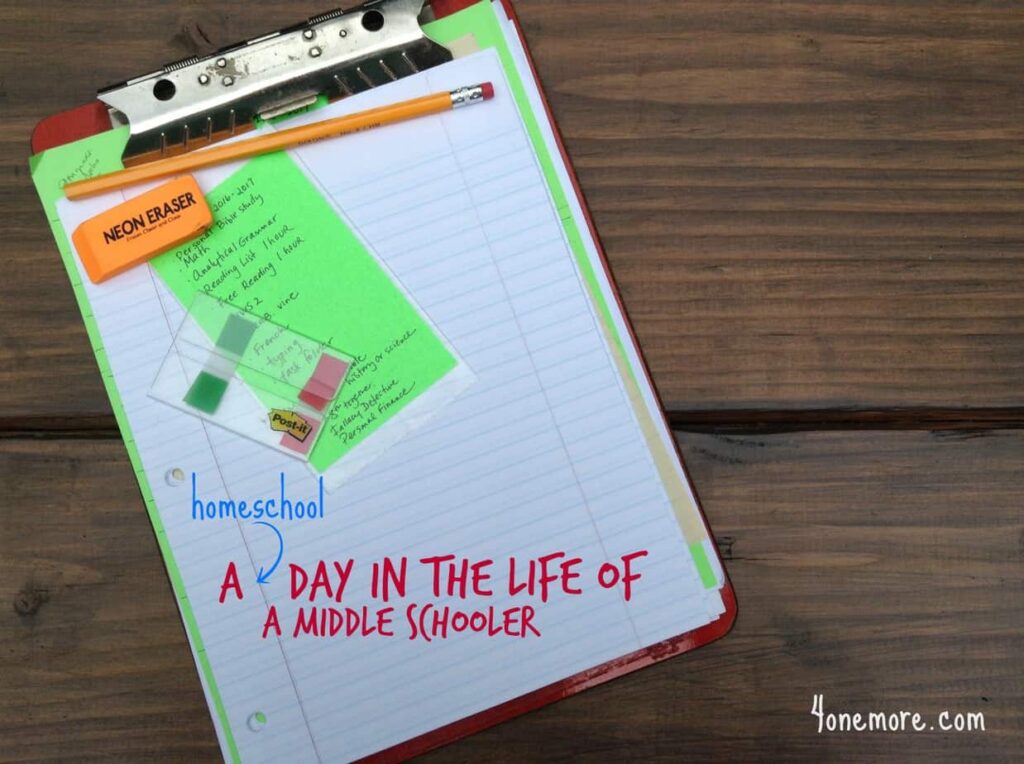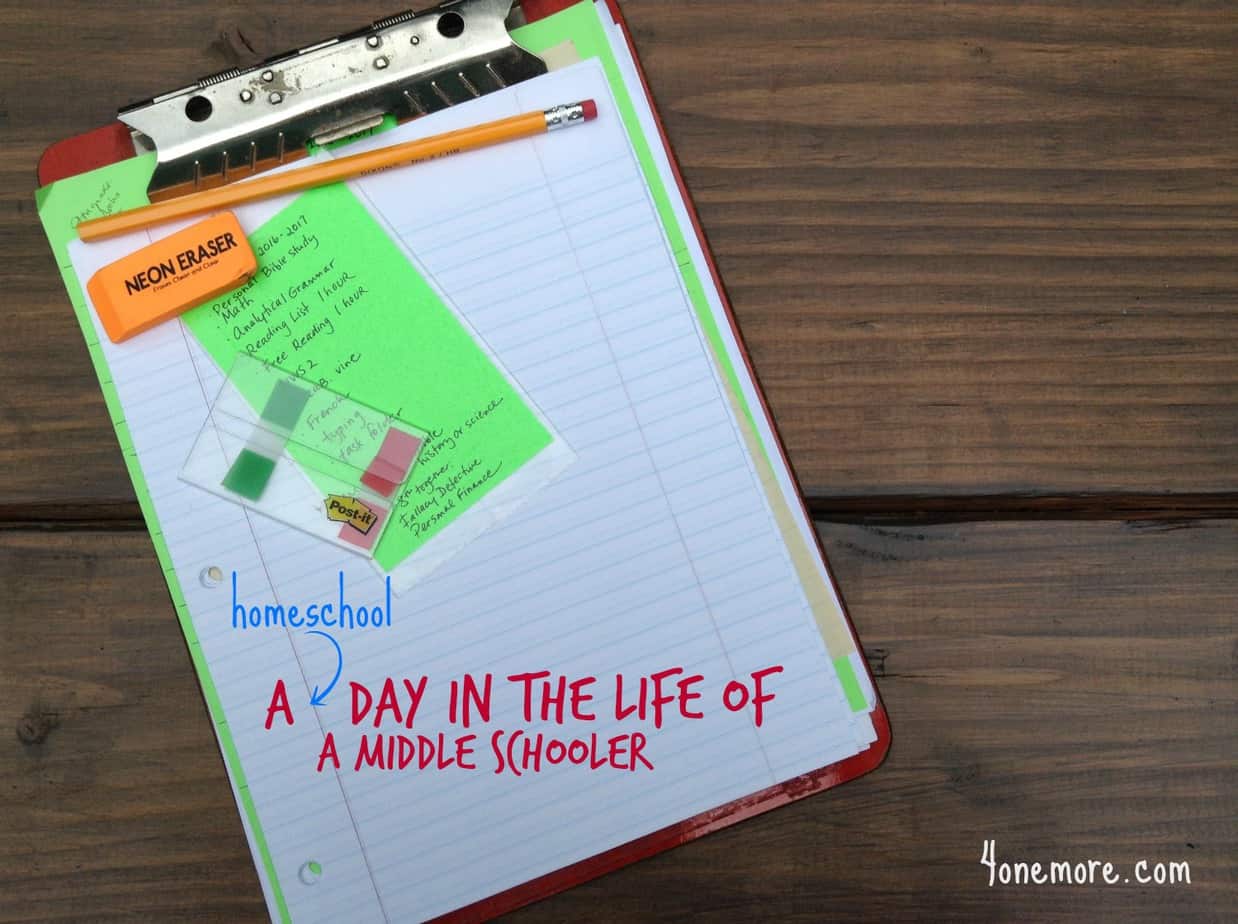
The Rollercoaster Ride: Unveiling the Life of a Middle Schooler
Middle school. Just the words can conjure up a mix of excitement, trepidation, and maybe even a little bit of dread. It’s a pivotal time in a young person’s life, a transition from the relative simplicity of elementary school to the complexities of adolescence. The life of a middle schooler is a rollercoaster, filled with academic challenges, social pressures, and burgeoning self-discovery. Understanding this crucial phase is key for parents, educators, and, of course, the middle schoolers themselves.
This article delves into the multifaceted life of a middle schooler, exploring the academic, social, emotional, and physical changes that define these formative years. We’ll examine the challenges they face, the triumphs they celebrate, and the strategies they can use to navigate this unique period of growth.
Navigating the Academic Landscape
The academic demands of middle school often represent a significant jump from elementary school. Students are typically expected to handle a more diverse curriculum, more complex assignments, and a greater emphasis on independent learning. Organization and time management become crucial skills for success. Subjects like algebra, world history, and advanced science concepts are introduced, requiring students to develop new study habits and critical thinking abilities.
Furthermore, standardized testing becomes a more prominent feature of the academic landscape, adding pressure to perform well. The life of a middle schooler is often punctuated by anxieties surrounding grades and test scores. It’s important for educators and parents to provide support and resources to help students manage this pressure effectively. Encouraging a growth mindset, where learning is valued over simply achieving high grades, can be particularly beneficial. Tutoring programs and study groups can also provide valuable assistance.
The Importance of Executive Function Skills
Executive function skills, such as planning, organization, and task initiation, are essential for academic success in middle school. Many students struggle with these skills, which can lead to procrastination, missed deadlines, and feelings of overwhelm. Explicit instruction in executive function skills can make a significant difference. Strategies like using planners, breaking down large tasks into smaller steps, and setting realistic goals can help students develop these crucial abilities.
The Social Maze
Perhaps the most defining aspect of the life of a middle schooler is the social landscape. Friendships become more complex and nuanced, and social hierarchies begin to emerge. Peer pressure intensifies, and students often grapple with issues of identity, belonging, and social acceptance. Cliques, social media, and romantic interests all contribute to the intricate social dynamics of middle school.
Bullying, both in person and online, can be a significant problem. It’s crucial for schools to have clear anti-bullying policies and to create a supportive environment where students feel safe reporting incidents of bullying. Open communication between parents and children is also essential. Parents need to be aware of their children’s online activities and to educate them about responsible social media use.
Navigating Friendships
Friendships play a vital role in the life of a middle schooler. They provide emotional support, a sense of belonging, and opportunities for social learning. However, friendships can also be a source of conflict and stress. Students may experience friendship breakups, jealousy, and peer pressure. Learning how to navigate these challenges is an important part of social development. Encouraging empathy, communication skills, and conflict resolution strategies can help students build and maintain healthy friendships.
Emotional Turmoil and Self-Discovery
Middle school is a time of significant emotional change. Hormonal fluctuations, combined with the pressures of adolescence, can lead to mood swings, anxiety, and feelings of insecurity. Students are also beginning to explore their identities and to develop a sense of self. This can be a confusing and challenging process, as they grapple with questions of who they are, what they believe, and where they fit in.
Mental health issues, such as anxiety and depression, can emerge during this time. It’s important for parents and educators to be aware of the signs of mental health problems and to provide access to appropriate resources. Counseling, therapy, and support groups can be invaluable for students struggling with emotional challenges. Creating a supportive and understanding environment is essential for promoting mental well-being.
The Importance of Self-Esteem
Self-esteem plays a critical role in the life of a middle schooler. Students with healthy self-esteem are more likely to be confident, resilient, and successful in school and in life. However, self-esteem can be fragile during this time, as students are bombarded with messages about appearance, achievement, and social status. Encouraging self-acceptance, celebrating individual strengths, and providing opportunities for success can help students build and maintain healthy self-esteem. Activities like sports, arts, and community service can provide opportunities for students to develop their talents and to feel good about themselves. [See also: Building Confidence in Teenagers]
Physical Changes and Health Considerations
The life of a middle schooler is also marked by significant physical changes. Puberty brings about a range of physical developments, including growth spurts, hormonal changes, and the development of secondary sexual characteristics. These changes can be both exciting and confusing for students. It’s important for parents and educators to provide accurate and age-appropriate information about puberty and to address any concerns or questions that students may have. Open communication and a supportive environment can help students navigate these physical changes with confidence.
Health considerations are also important during this time. Students need to be educated about healthy eating habits, exercise, and sleep hygiene. The pressures of school and social life can sometimes lead to unhealthy behaviors, such as skipping meals, staying up late, and engaging in risky activities. Encouraging healthy choices and providing access to resources can help students develop lifelong habits that promote physical and mental well-being. The life of a middle schooler is often packed, so adequate sleep is often overlooked.
The Impact of Technology
Technology plays an increasingly important role in the life of a middle schooler. Smartphones, social media, and video games are ubiquitous, providing opportunities for connection, entertainment, and learning. However, technology can also have negative impacts, such as cyberbullying, social comparison, and addiction. It’s important for parents to monitor their children’s technology use and to set clear boundaries. Educating students about responsible online behavior and digital citizenship is also essential. Encouraging offline activities, such as sports, hobbies, and spending time with family and friends, can help students maintain a healthy balance.
Strategies for Success: Thriving in Middle School
Navigating the life of a middle schooler can be challenging, but with the right support and strategies, students can thrive during this formative period. Here are some key strategies for success:
- Develop strong study habits: Organization, time management, and effective note-taking are essential for academic success.
- Build healthy relationships: Surround yourself with supportive friends and family members.
- Practice self-care: Prioritize sleep, healthy eating, and exercise.
- Seek help when needed: Don’t be afraid to ask for help from teachers, counselors, or parents.
- Embrace your individuality: Celebrate your unique strengths and talents.
The Role of Parents and Educators
Parents and educators play a crucial role in supporting middle schoolers. Open communication, understanding, and a willingness to listen are essential. Providing a safe and supportive environment where students feel comfortable expressing their feelings and concerns is paramount. Encouraging independence, fostering resilience, and celebrating successes can help students navigate the challenges of middle school with confidence. The life of a middle schooler is a transition, and support from adults is critical.
Conclusion: Embracing the Journey
The life of a middle schooler is a journey of transformation, filled with challenges, triumphs, and opportunities for growth. By understanding the unique needs and experiences of this age group, parents, educators, and the students themselves can navigate this pivotal period with greater confidence and success. Embracing the journey, celebrating the milestones, and providing support along the way can help middle schoolers thrive and reach their full potential. The life of a middle schooler is complex, but it’s also a time of incredible potential and discovery. The key to navigating this period is open communication, understanding, and a willingness to support the young people as they navigate this crucial phase of their lives. Remember that the life of a middle schooler is not just about academics; it’s about social-emotional growth, self-discovery, and preparing for the future. Ultimately, the life of a middle schooler is a stepping stone to adulthood, and with the right guidance, these young individuals can build a strong foundation for a bright and successful future.

